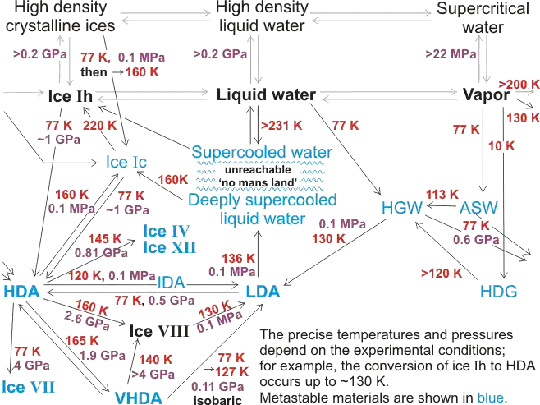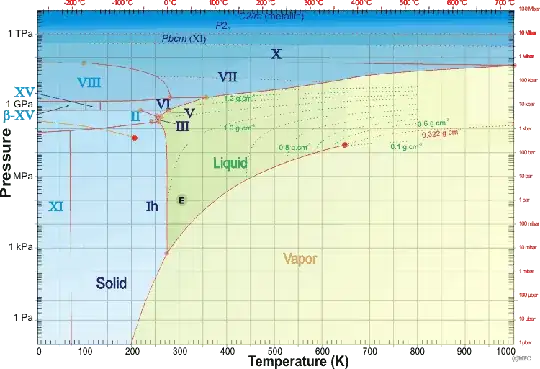Qualitatively, I understand that water can be supercooled when:
- It is relatively pure.
- It is in a container that is relatively smooth of defects.
The effect of both of these is to reduce nucleation points, which are needed to provide a place for the ice crystals to start growing.
Rate of cooling may also be a factor- this is less clear to me.
But.... surely water that is experimentally supercooled is not perfectly free of impurities, nor is its container smooth at the atomic level. So there must be some critical amount of nucleation sites available.
Is it possible to quantify somehow, whether in general or at least for a specific impurity, exactly what the critical amount is to prevent supercooling? Is it a critical density of these sites that matters, or just a critical total number, since each site has some probability of starting crystallization? Even better, is there some general energetic or thermodynamic inequality that describes what conditions are needed for successful supercooling?

